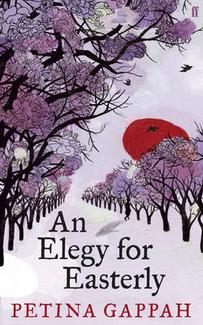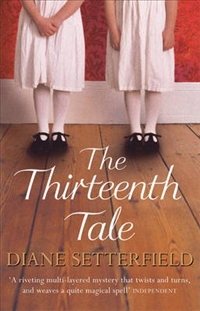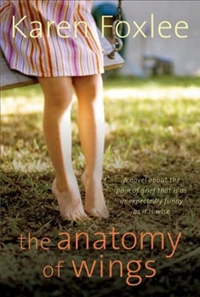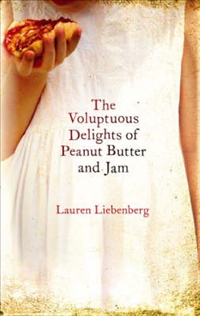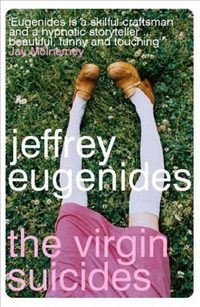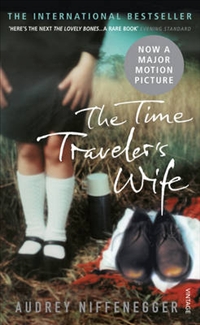Is a novel called 60 Years Later: Coming Through the Rye in which Holden Caulfield, now 76 years old and escaped from an old peoples’ home, wanders through New York an infringement of J D Salinger’s copyright?
My immediate response is of course it is, and a court in the US agreed, according to ABC Radio National’s The Law Report Unauthorised Sequels. Open and shut case you’d think but that ruling is now under appeal.
Copyright, as we now all know from the infamous Kookaburra flute riff in Men at Work’s Down Under, is the reproduction of a substantial (read “important, essential or distinctive”) part of the original material. But what if the work doesn’t actually use the words of the original text but builds on/uses as an imaginary base the original work? Referencing other literary works after all is a long-standing writerly device.
The Law Report notes that J K Rowling also won her copyright case when Steven Vander Ark, a Harry Potter-ophile, tried to publish The Harry Potter Lexicon. This book was based on information gathered on a Potter fansite over seven years. The judgement in that case found that, on the whole, authors do not have the right to stop publication of reference guides and companion books about literary works. However he found that the Lexicon did infringe fair use provisions and “because the Lexicon appropriates too much of Rowling’s creative work for its purposes as a reference guide” he would put a permanent injunction on it to “prevent the possible proliferation of works that do the same and thus deplete the incentive for original authors to create new works”.
Shaun Miller, the media and entertainment lawyer, interviewed on The Law Report also noted somewhat wryly that it’s not surprising that most sequels or prequels, or reimaginings, of other literary works are written on works by authors out of copyright: March by Geraldine Brooks, an off-shoot of Little Women and Emma Tennant’s Austen/Bronte books (Pemberley, or Pride and Prejudice Continued and Thornfield Hall among them) not to mention the zombies and sea monsters of recent publication, are prime examples.
Susan Hill published Mrs de Winter with “the sequel to Daphne Du Maurier’s Rebecca“ boldly emblazoned on its cover in 1993. This was four years after Du Maurier died and, while Hill’s book was approved by the Du Maurier estate, it was apparently written in the 1980’s when Du Maurier was still alive and not published then. It is obviously easier to take on a dead author than a live one, especially when the live one is wealthy, influential and possibly cantankerous. Coincidentally enough, Du Maurier herself was accused of plagiarism over Rebecca by a Brazilian writer, Carolina Nabuco who said it borrowed from her novel A Sucessora.
In Australia it appears that there is a lot of fuzziness around the interpretation of what a “substantial” part of a copyrighted work means for the purpose of establishing an infringement – that’s where the “important, essential or distinctive part” comes in. According to the Australian Copyright Council “if only part of your material has been used, you may need advice about whether that part is ‘substantial’ before taking action” and “someone may have copied only the idea behind your material, and not infringed copyright”.
The legal cost, on both sides, is the only real deterrent.
If there is no real way to protect the “idea” behind a work of fiction, it would appear you could write a sequel to a work of fiction still under copyright and get away with it.
In the J D Salinger case it was argued that copyright was breached both through the character of Holden Caulfield and through similarities in style, plot etc of Coming Through the Rye.
Salinger won on both counts and the author Frederik Colting, writing under the pseudonym J D California, lost on his ‘fair use” defence and his defence that the new book “wasn’t derivative, but…was transformative, and therefore an essentially new work was created”, according to The Law Report.
US publishers are anxiously awaiting the result of the appeal because the Salinger case has implications for freedom of literary expression. “There’s a general tension between copyright law which protects the reproduction of someone’s literary work…but there’s also the freedom of expression imperative in America…which says that people should be able to contribute to…literature generally, and to the culture generally.”
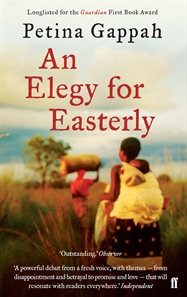 book of short stories set in Zimbabwe.
book of short stories set in Zimbabwe.

